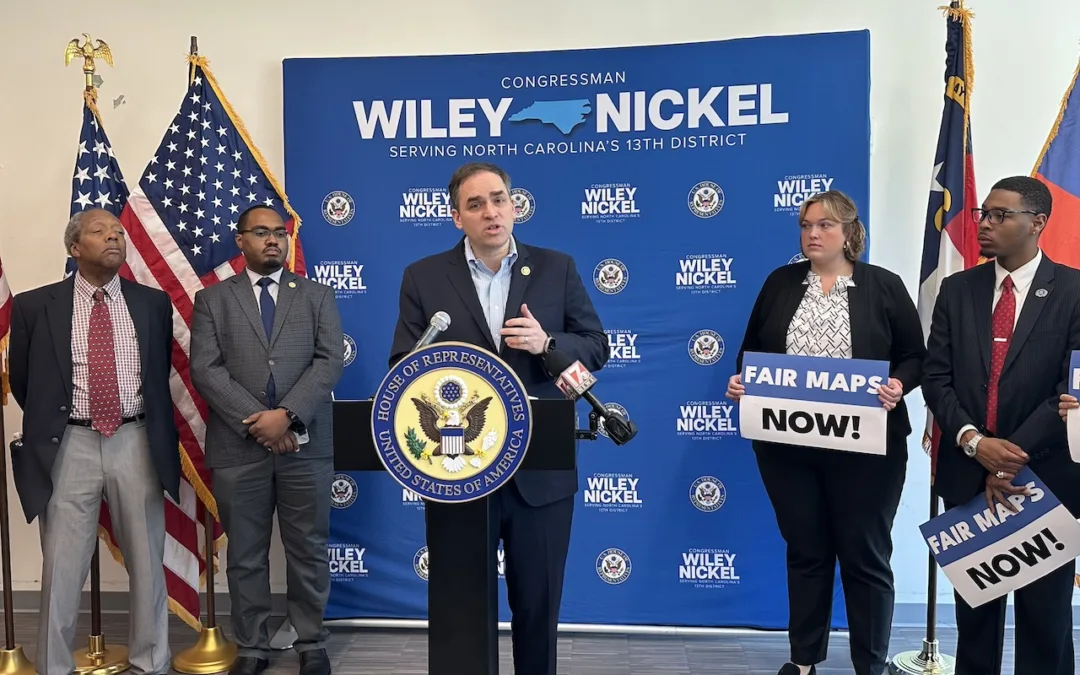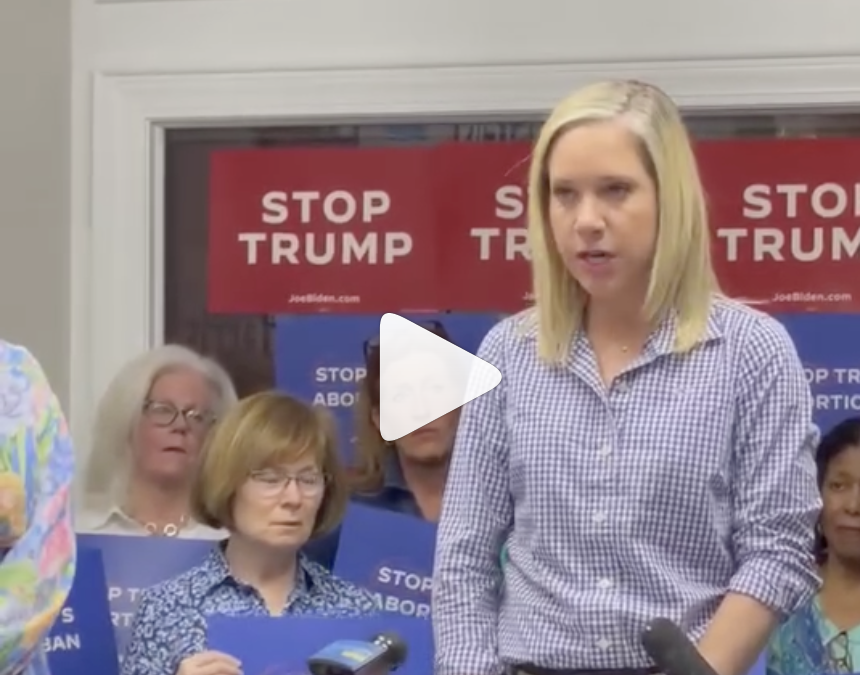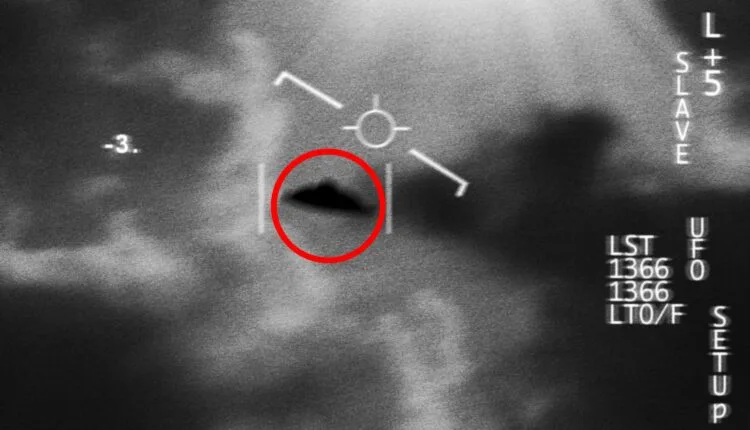
After a racially disproportionate rollout of the COVID-19 vaccine in Lenoir County in Kinston, locals are focusing more on getting the shot to locals. (Image via screenshot)
Triangle residents drove 90 minutes or more to get a vaccine in Kinston, making for a racially disproportionate rollout of the potentially life-saving shot.
One of the biggest challenges of the rollout of vaccines in North Carolina, and the nation, has been making sure everyone in a community has access to the free vaccines.
But when vaccines first became available to older North Carolinians at the start of the year, communities like Kinston in the eastern part of the state saw quickly how their limited vaccine allotments were used up, and often didn’t even end up in the arms of seniors who lived there.
At UNC Lenoir Health Care, a rural hospital that’s a part of the UNC Health network, appointments in early January largely went to white, older residents from the Triangle who were signing up for appointments online and driving 90 minutes or more to Kinston.
That left out many in the rural eastern North Carolina county, where close to a quarter of the population is impoverished. Reliable access to the Internet is also not guaranteed in this part of the state, and having a system that depended on older adults to search websites for appointment was anything but simple, said Don Hardy, Kinston’s mayor. Hardy has been working to improve vaccine access in his city, especially among Black or lower-income residents.
“Initially, when it rolled out, it was horrible,” Hardy said.
Lenoir County’s Black residents were particularly left out of the first wave of vaccinations.
Just 8% of the vaccines that first week in the Kinston location went to Black North Carolinians, according to UNC data, in a county where 41% of the population is Black. North Carolina’s population as a whole is 22% Black.
On top of that, 70% of the vaccines went to people that had driven 90 minutes or more from Raleigh.
“It was wildly disproportionate,” said Dr. Lynne Fiscus. Fiscus is the head of UNC Health’s Physicians Network.
That’s when the Kinston-based clinic others began looking back to the tried and true methods of getting the word out in eastern North Carolina and so many other places: by spreading the word through neighbors, community groups, or churches and encouraging personal connections.
One simple, but effective, move was to activate local landlines, where people could call up and have an actual person answer the callers’ questions about the vaccines.
“In a rural community, we love a landline,” said Heather Rouse, who oversaw the vaccination clinic in Kinston. Having that ability for people to talk directly about medical matters is important, she said, especially with older generations who are not as familiar or comfortable making major decisions based on computer research.
With the phone line set up, people were able to call up and ask what was on their mind— Would they need to pay? No. Was it safe? All three (Moderna, Pfizer, and Johnson & Johnson) approved for emergency use by the FDA vaccines have shown relatively minor side effects that, in most people, may consist of slight fevers, achiness for a day or two. And the science so far shows that all three prevent death and hospitalizations of COVID-19.
The group also sent up an information tent during the vaccine clinic hours where people could come in person to ask questions or sign up for appointments.
Within a few weeks of the all-out effort to improve local outreach, 86% of the clinic’s appointments went to Lenoir County residents. Black North Carolinians made up between 38%- 45% of the vaccine appointments.
Still Work to Be Done
Now that anyone over 16 is eligible for a vaccine In North Carolina, there’s an even greater need to try and make sure underserved communities get equitable access to the vaccine, Hardy said.
Lenoir County, where Kinston is located, lags the state slightly when it comes to vaccination rates at this point. A quarter of Lenoir County’s residents are partially vaccinated, while statewide, 31% of the state is vaccinated, according to data housed by the NC Department of Health and Human Service. Across the state, white North Carolinians make up 72% of the partially-vaccinated people, while 17% of people who are partially vaccinated are Black and 5% identify as Latino.
The racial breakdown for Lenoir County’s vaccinations was not available on NC DHHS’s data portal, and the department did not immediately respond to questions about why that information was lacking.
One big challenge in eastern North Carolina, as well as other rural areas, is transportation. Even if there are ways to get free rides through local transit agencies to vaccine sites, people may not know about them or have the time to navigate what can be a complicated system.
“Definitely in the East, we have a lot of rural communities, rural counties where folks just can’t get there, can’t catch a ride and there might be a transportation issue,” Hardy said.
The city of Kinston recently partnered with Vidant Health to host a drive-up clinic in Kinston’s Grainger Stadium, where the city’s minor league team plays. There were 310 doses of the Johnson & Johnson vaccine given out, as well as the ability for people to pick up boxes of donated food and information about Medicaid eligibility.
“I also have been doing food drives —food boxes and testing and vaccinations,” Hardy said. “Helping people with food, let them get tested, and then have them get a vaccination shot at the same time.”
Hardy wants to see more events like the Vidant one, as well as targeted mobile clinics going to public housing complexes and other areas where a large number of people can be vaccinated at once, and easily.
“It’s about getting shots in arms, which is going to help us get back to some normalcy,” Hardy said.
Politics

Op-ed: Why we need to ban partisan gerrymandering once and for all
Some legislatures draw election maps that empower their favored voters and disenfranchise those on the other side. The “Fair Maps Act,” Congressman...

VIDEO: This Woman’s Devastating Story Shows the Consequences of Overturning Roe v. Wade
View this post on Instagram A post shared by Cardinal & Pine (@cardinalandpine) Amanda Zurawski and her husband Josh had tried for...
Local News

The 5 most believable UFO sightings ever reported in North Carolina
Read about five alien encounters that may forever remain unexplained. When you think of the most common places where you might hear a UFO sighting...

Good News Friday: It’s a good day to be a fan of the NC State Wolfpack
The men's and women's teams will compete for a national championship in college basketball this weekend. Plus: How to watch the solar eclipse, and...




